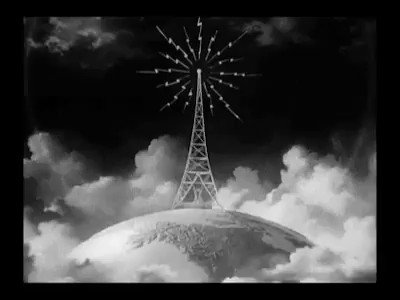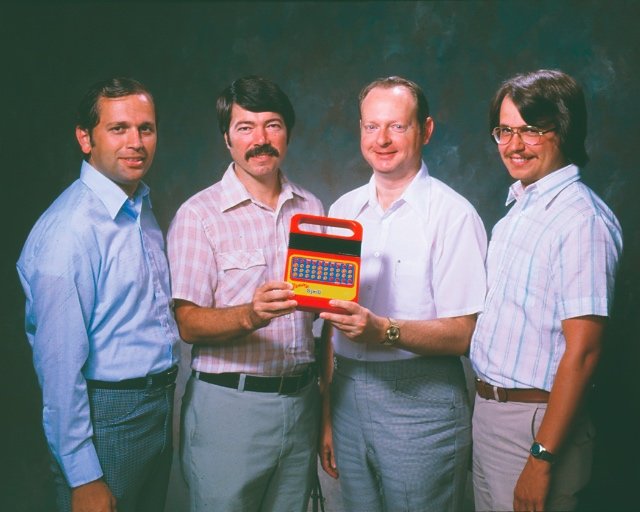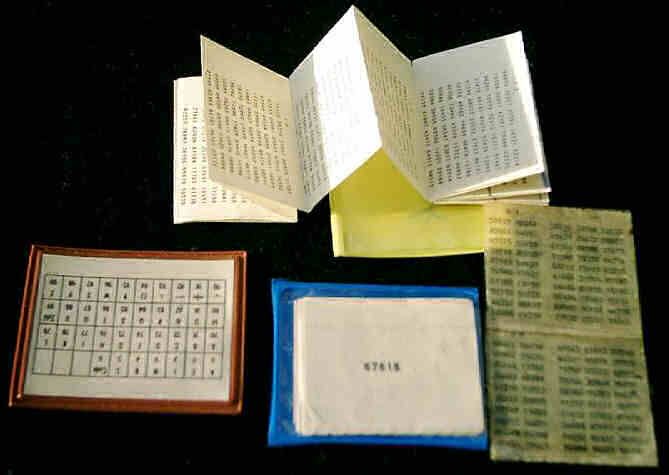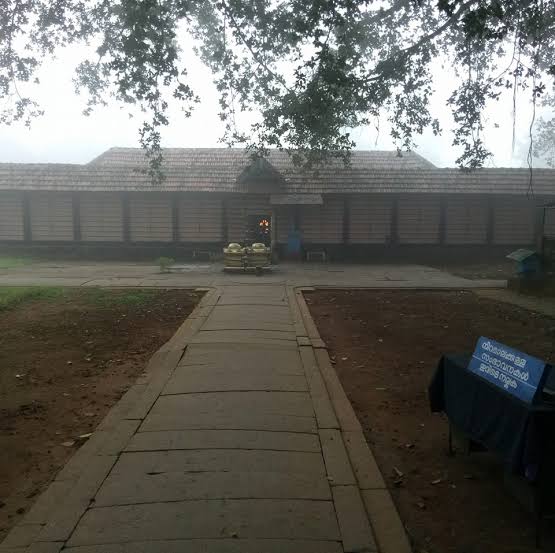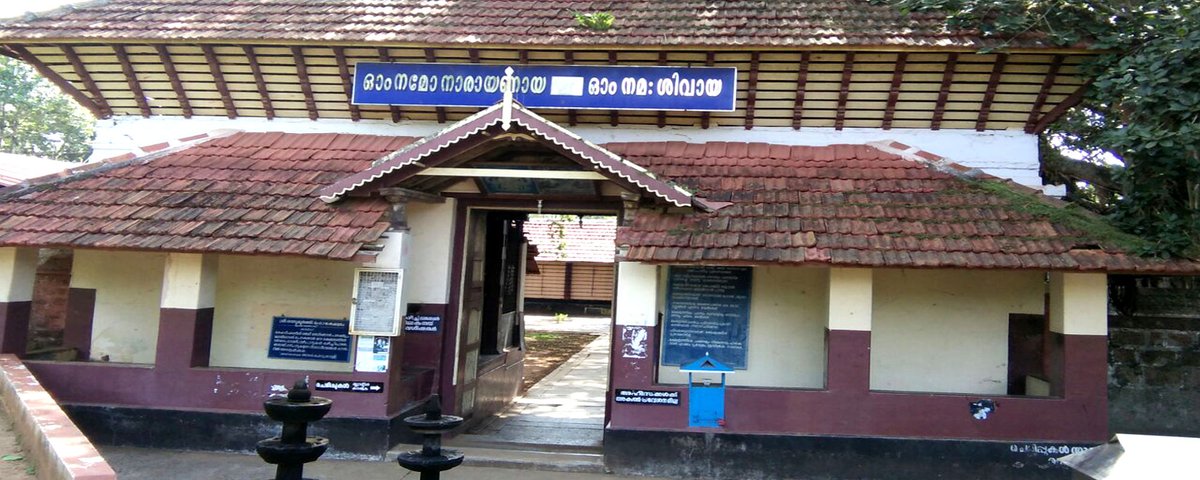I'm somewhere between Survival and Stability stage. I should (and do) focus on building a business around the product. Pumping out features alone will not make T1 sustainable. There is much more around it and I feel the pain of not focusing on it earlier.
I just finished Zero to Sold by @arvidkahl - here's what I got out of it for me personally, to apply on my efforts to build https://t.co/wRlOaEKfD2 👇
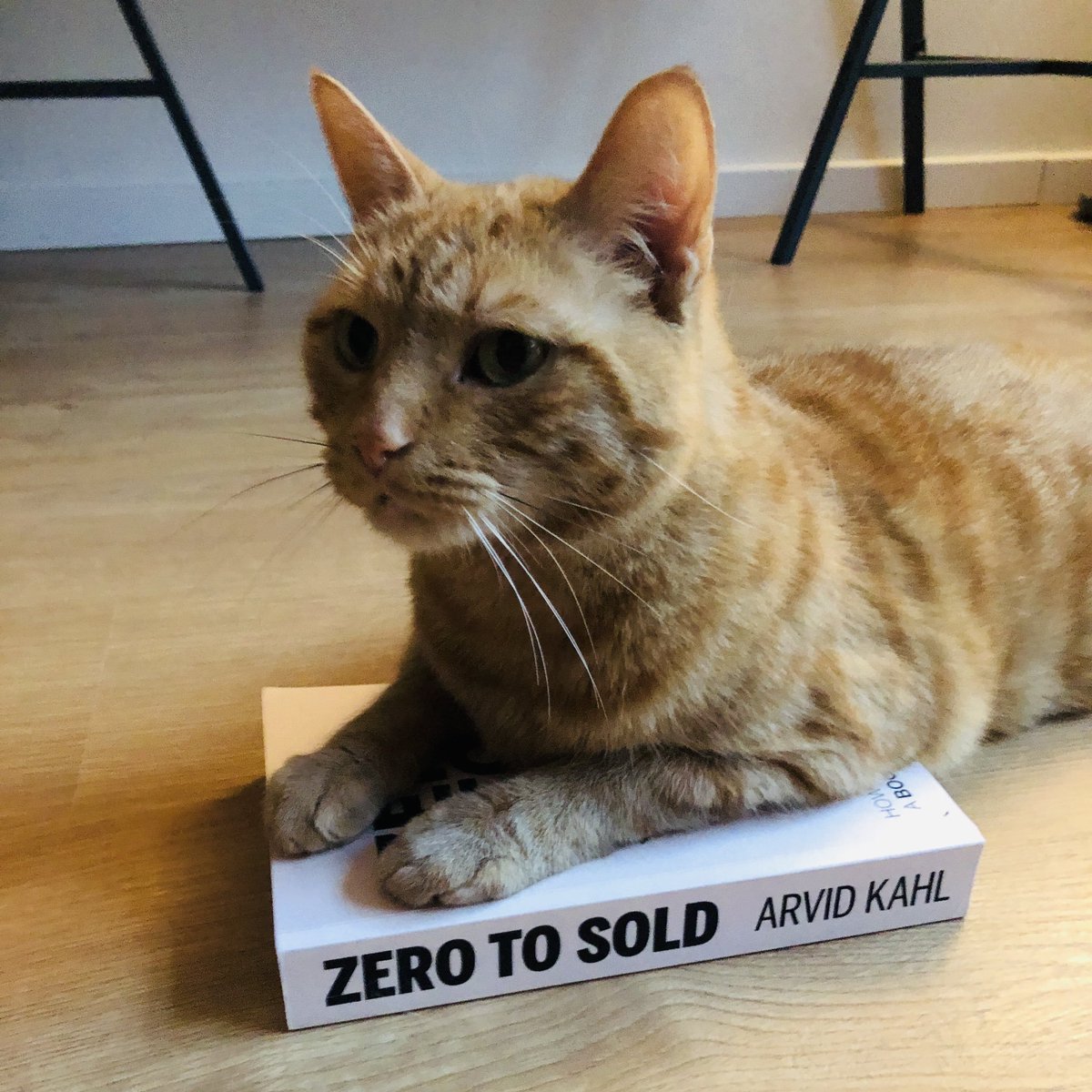
I'm somewhere between Survival and Stability stage. I should (and do) focus on building a business around the product. Pumping out features alone will not make T1 sustainable. There is much more around it and I feel the pain of not focusing on it earlier.
I think I did an OK job last year to build, validate and grow the project. It was validated when the first customer entered their credit card details, and it continued from there.
From 42€ payout, to >8000€ in 9 months.

Documenting Standard Operating Procedures so my current and future team and helpers can onboard quickly and support me. It uncovers automation possibilities and it clears up my head by not having all of this manual stuff in there.
Getting on this soon 💪
I have to do a better job of defining and communicating it. It's hard though. >10k users are on T1 and I'm still struggling with clearly defining why... which makes me feel really stupid.
I thought I'm already quite good on this one but especially on SaaS accounts I still use my personal github login a lot. Will separate to a service-account soon so I can share it with a team, etc. It makes onboarding much easier.
I have to take a close look at retention vs acquisition. Both numbers aren't great on T1 but it's more important to reduce churn (=> increase retention) than acquire more users. We will start to reach out to churned customers soon to learn more.
Not for outsiders, but for me. I had something similar but I have not followed standard practices - which I do now.
Will update my P&L statements once a month get a quick and true overview of the financials of the business.
I don't want to sell T1. Nonetheless, building a business as if you would want to sell will make it so much more maintainable.
It's like building a codebase as if you want to open source it. The docs, processes & tests will be better and automated, I promise you.
While I have rejected all outside investment-opportunities, it's still valuable to talk. Especially since there are many nice alternatives to classic VCs now, like @earnestcapital or @tinyseedfund. I've closed my eyes too much in 2020.
That's the dream.
Thanks @arvidkahl 💞
More from Culture
Stan Lee’s fictional superheroes lived in the real New York. Here’s where they lived, and why. https://t.co/oV1IGGN8R6

Stan Lee, who died Monday at 95, was born in Manhattan and graduated from DeWitt Clinton High School in the Bronx. His pulp-fiction heroes have come to define much of popular culture in the early 21st century.
Tying Marvel’s stable of pulp-fiction heroes to a real place — New York — served a counterbalance to the sometimes gravity-challenged action and the improbability of the stories. That was just what Stan Lee wanted. https://t.co/rDosqzpP8i
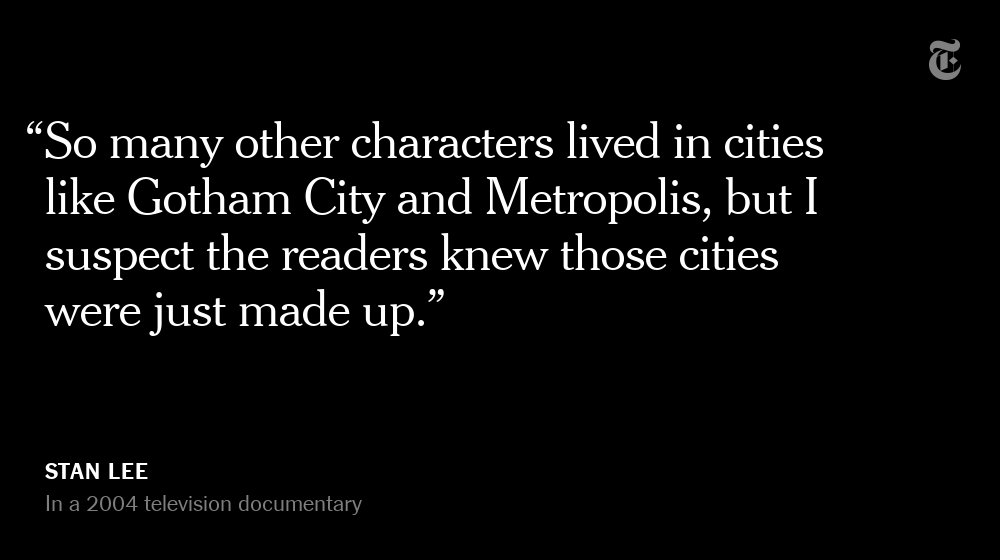
The New York universe hooked readers. And the artists drew what they were familiar with, which made the Marvel universe authentic-looking, down to the water towers atop many of the buildings. https://t.co/rDosqzpP8i
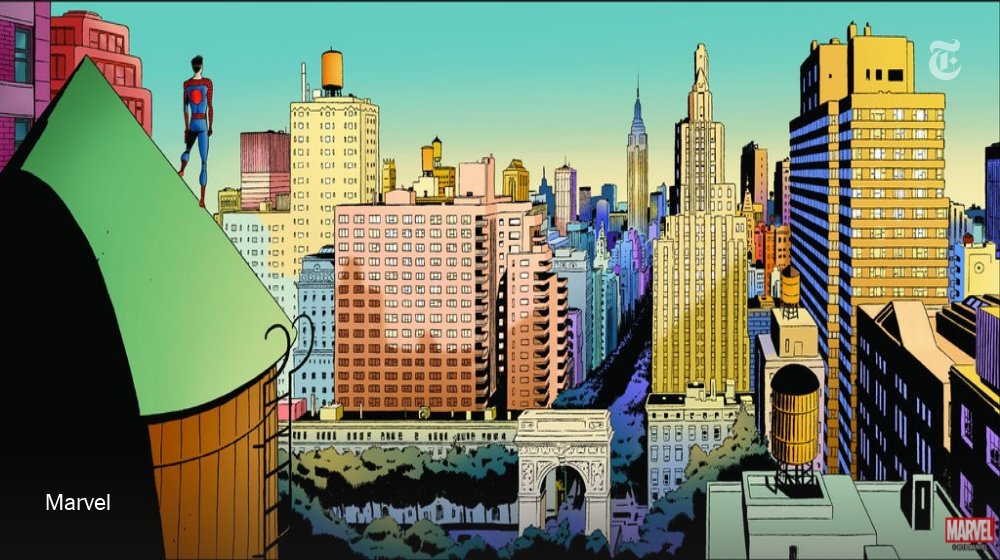
The Avengers Mansion was a Beaux-Arts palace. Fans know it as 890 Fifth Avenue. The Frick Collection, which now occupies the place, uses the address of the front door: 1 East 70th Street.

Stan Lee, who died Monday at 95, was born in Manhattan and graduated from DeWitt Clinton High School in the Bronx. His pulp-fiction heroes have come to define much of popular culture in the early 21st century.
Tying Marvel’s stable of pulp-fiction heroes to a real place — New York — served a counterbalance to the sometimes gravity-challenged action and the improbability of the stories. That was just what Stan Lee wanted. https://t.co/rDosqzpP8i

The New York universe hooked readers. And the artists drew what they were familiar with, which made the Marvel universe authentic-looking, down to the water towers atop many of the buildings. https://t.co/rDosqzpP8i

The Avengers Mansion was a Beaux-Arts palace. Fans know it as 890 Fifth Avenue. The Frick Collection, which now occupies the place, uses the address of the front door: 1 East 70th Street.









